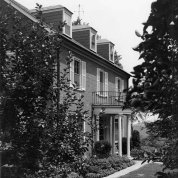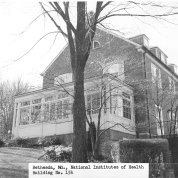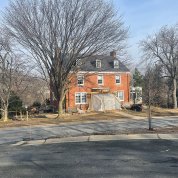Historic Officer’s Quarters Undergo Renovations
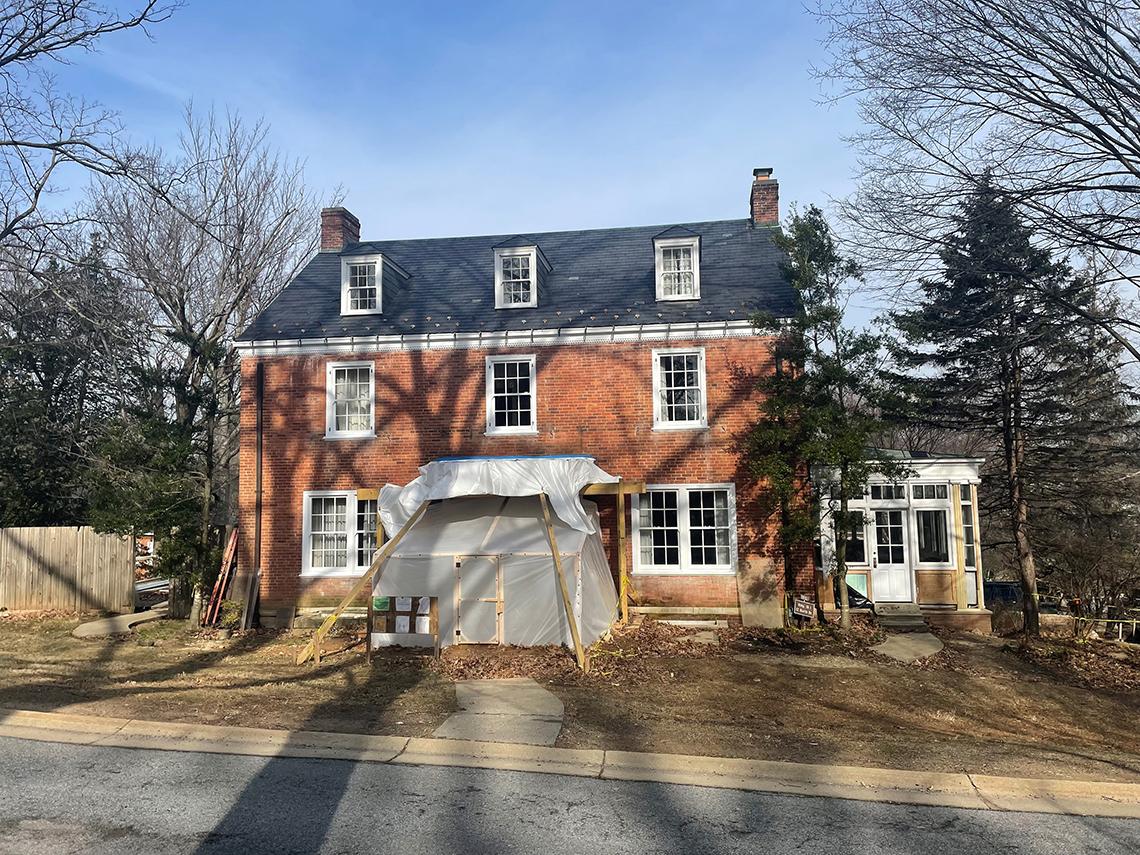
Photo: Eric Bock
Two buildings that are part of NIH’s historic core are undergoing renovations. Located on the north part of campus, Bldgs. 15H and 15I are part of a group of houses known as the “Officer’s Quarters.” These are the only small-scale residences on campus.
Constructed around 1940, Bldgs. 15H and 15I and six nearby duplexes were originally reserved as living quarters for Public Health Service officers and HHS and NIH senior staff. When the structures first opened, PHS personnel designated with the military rank of "surgeon" or "assistant surgeon" who worked off campus were allowed to live in the residences.
A housing shortage at the time led to stricter policy. In 1942, then-Surgeon General Dr. Thomas Parran Jr. wrote a memo stating, “quarters of the National Institute of Health should be used by personnel attached to the Institute and not by other Public Health Service officers on duty in Washington.”
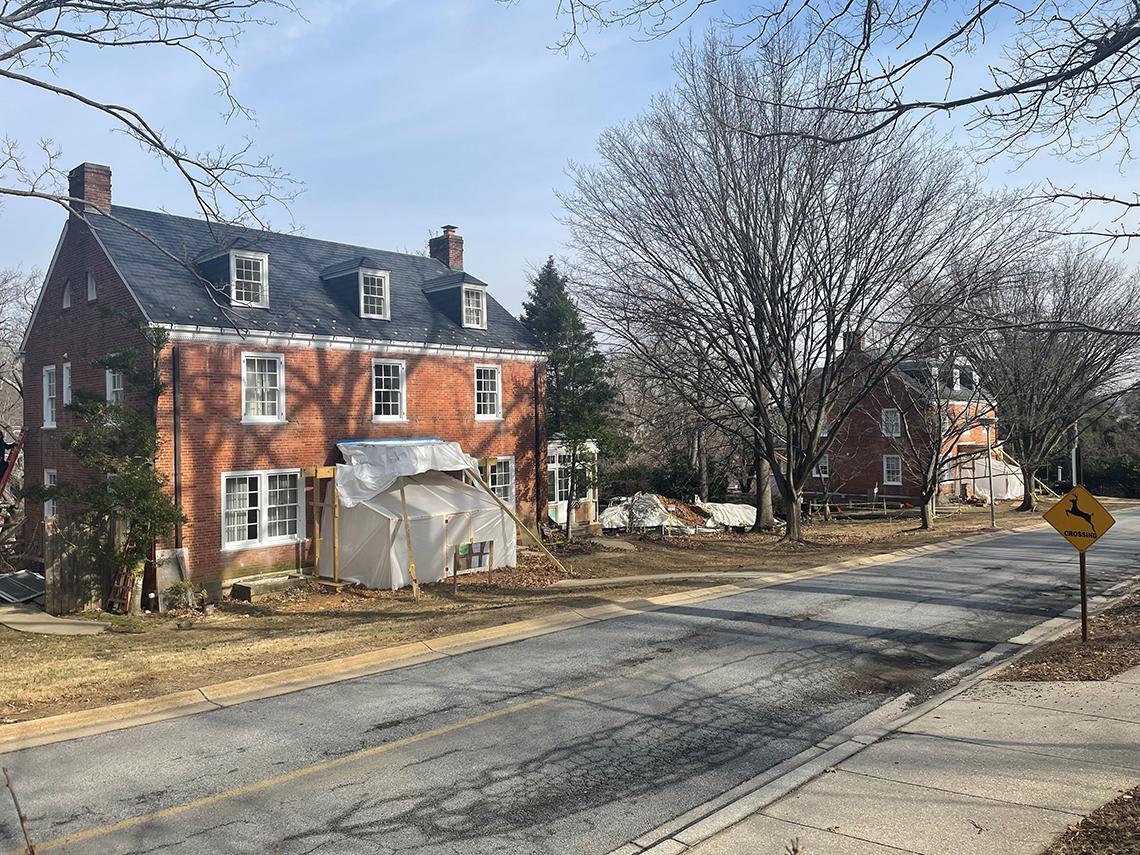
Photo: Eric Bock
Previous occupants have included NIH directors Dr. Rolla E. Dyer, Dr. James Shannon, Dr. James Wyngaarden and Dr. Bernadine Healy, among others.
Today’s policy says Bldgs. 15H and 15I are reserved for the NIH director and the assistant secretary for health and “if for any reason they choose not to occupy either residence, the surgeon general may be assigned to these quarters.”
In recent times, senior officials and the surgeon general were not interested in residing in the houses, so the units were made available to graduate student fellows working in NIH laboratories. All occupants are required to pay market rental rates.
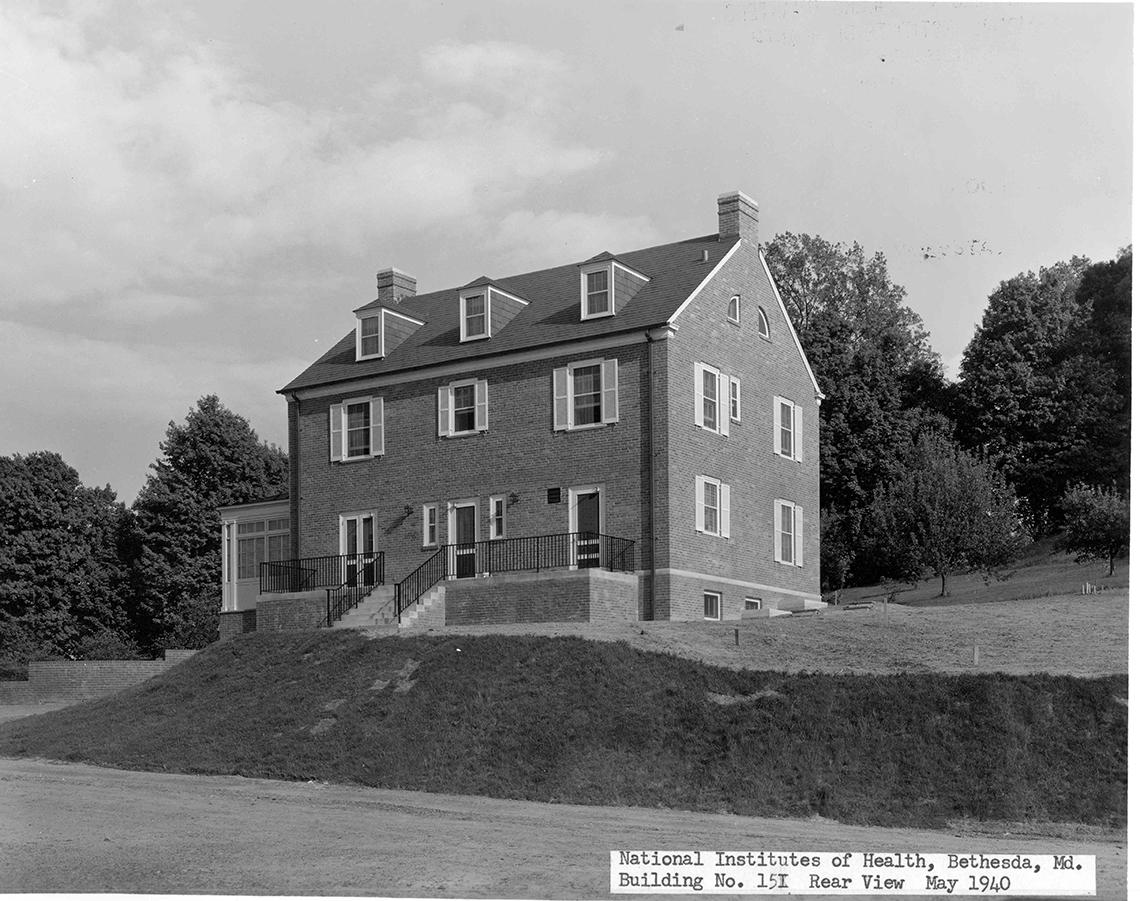
Photo: OFFICE OF NIH HISTORY AND STETTEN MUSEUM
Renovations began April 2022 because the rear porches started to crumble. It was unsafe for residents to exit the back of the building in case of an emergency. Since work had to be done anyway, the Office of Research Facilities took the opportunity to make additional repairs as well. Areas of work include the entry porches, the east enclosed porches, the rear terraces and retaining walls and the chimneys.
Renovations are expected to conclude in April 2023.
Renovations will preserve the building’s historic character. Both buildings are eligible for listing in the National Register of Historic Places. The register is composed of districts, sites, buildings, structures, and objects that are significant in American history, architecture, archeology, engineering, and culture.

